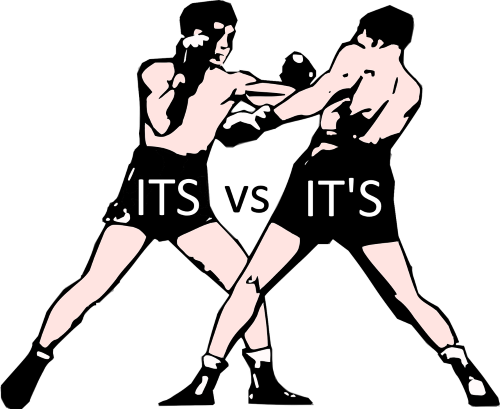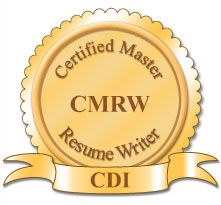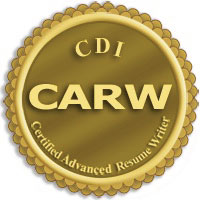 According to the readers of my blog, the distinction between it’s (with an apostrophe) and its (without an apostrophe) is the top pet peeve and common error out in the writing world. This article attempts to explain the distinction between the two words and when to use it’s or its.
According to the readers of my blog, the distinction between it’s (with an apostrophe) and its (without an apostrophe) is the top pet peeve and common error out in the writing world. This article attempts to explain the distinction between the two words and when to use it’s or its.
It’s is a contraction.
Most of us have heard of and are familiar with contractions. Here’s how they work:
If you want to say “here is” and be less formal about it, squash the words together and substitute an apostrophe for the last vowel (i) to create here’s. If you want to say “do not” less formally, squash the words together and substitute an apostrophe for the last vowel (o) to create don’t.
This process of contraction is how we get many words such as: can’t; doesn’t; aren’t; there’s; and (drumroll please)… it’s!
How simple is that? If you want your word to mean “it is” or “it has” then just make a contraction: it’s.
Examples:
It is time for bed. = It’s time for bed.
It is a girl! = It’s a girl!
It has been raining for days. = It’s been raining for days.
These examples seem simple enough. I think where people get flummoxed is when they want a word meaning “belonging to ‘it.’”
“Its” is possessive.
Why is this one confusing?
When something belongs to Harry we add an apostrophe after Harry and say it’s Harry’s. When something belongs to the barber we add an apostrophe and say it’s the barber’s. However, when it comes to saying something belongs to it, the apostrophic form goes out the window, i.e. we do NOT use an apostrophe. Something belonging to it is its.
Why is there no apostrophe in its?
Note there are other times we do not use an apostrophe to show possession. When something belongs to her we say it’s hers. When something belongs to him we say it’s his; when something belongs to us we say it’s ours and when something belongs to them we say it’s theirs. There are many irregular constructions here. Yet somehow most people don’t make mistakes when it comes to these other possessive forms. It’s its that continues to baffle us.
You might notice something in common about all the examples where apostrophes are not used to show possession: they are all a part of speech we refer to as a pronoun. Pronouns are our shortcuts so that we do not have to keep referring to people and things by their name or other descriptor. They are a referential shortcut. They replace, or substitute for, nouns.
I will write more about pronouns in a future article where I will talk about the use of “I” and “me.” For now you can look at the University of Ottawa’s Writing Center grammar page under What Is a Pronoun?, for more information. Some examples of pronouns are he, she, they, you, her, him, us, our, their and its.
Here’s your rule to remember: When forming a possessive PRONOUN, do NOT use an apostrophe. Since “it” is a pronoun, we do NOT put an apostrophe after it to make it possessive. Just as you would not write “her’s” or “our’s,” do not write “it’s” when you are intending to show possession.
Another trick is to remember the phrase “It’s raining apostrophes!” This sentence means “It is raining apostrophes,” so you can remember that when you mean “it is,” you should use it’s, with an apostrophe.
It’s my fervent hope this article has cleared up some common misperceptions and that its contents will be distributed widely by its readers!
If you or someone you know needs writing or editing assistance, contact The Essay Expert. We can help clear up any apostrophe problems you’re having.












It’s is a contaction of it is. Its is a possessive pronoun ( Wren and Martin)
I think we use it’s to say, “it is raining”.” It is a sunny day”. On the other hand, its shows possession, ” That baby has torn its clothes”. ” The horse injured its hind legs”. ( When you ask the question, whose clothes? it will answer its clothes, or whose legs? its legs.
Thank you, thank you, thank you! This is the most common error I find in our local newspaper. It finally drove me to add a page to my website with a list of grammatical errors I’ve found in published material. It absolutely drives me nuts to think that people who have supposedly graduated from journalism school and are being paid to be professionals would repeatedly make this error. It’s Grammar 101.
There was a time when parents used newspapers to help their children learn to read. But with today’s poor quality product, there is no way I would ever teach anyone to read with a newspaper. Their grammar, spelling and word usage would be all wrong. And the newspapers wonder why they’re in trouble?